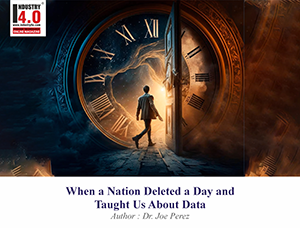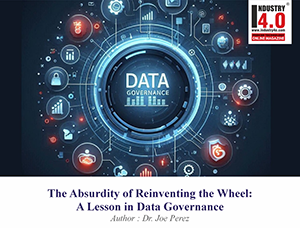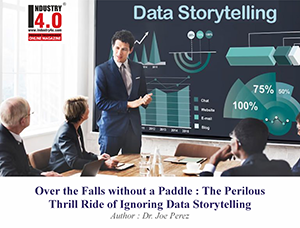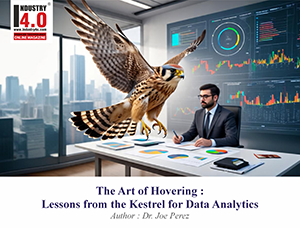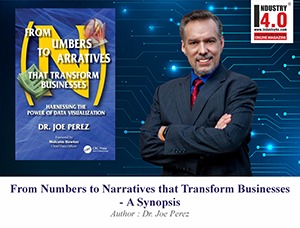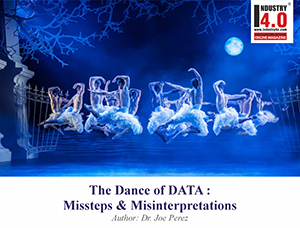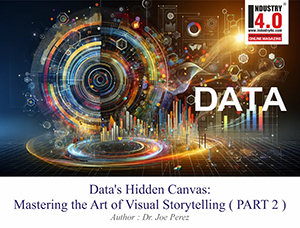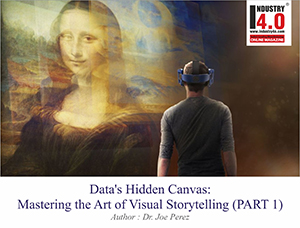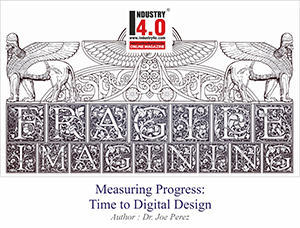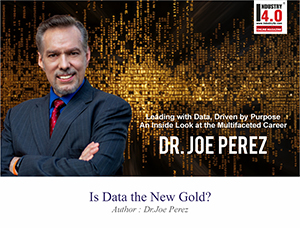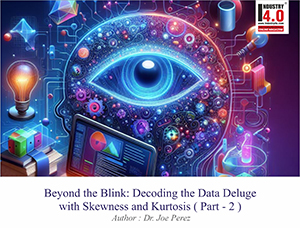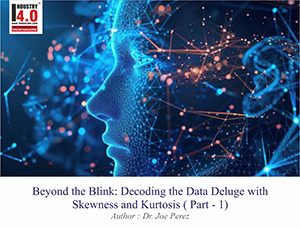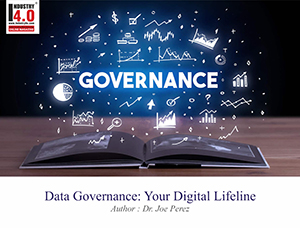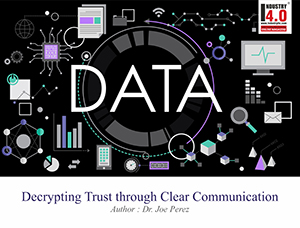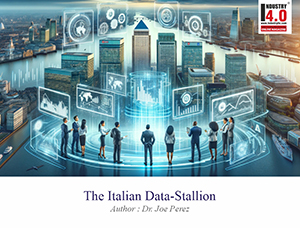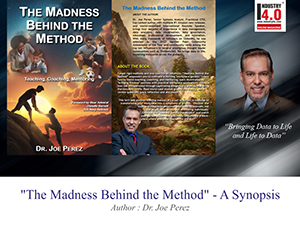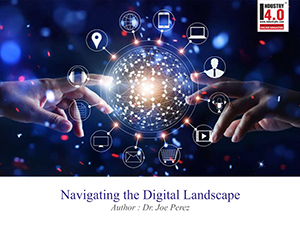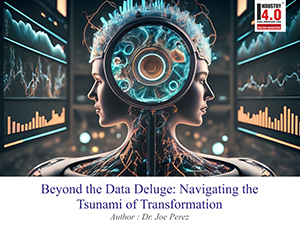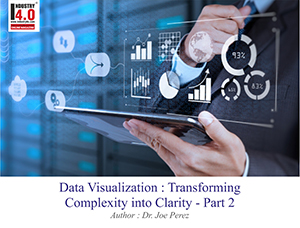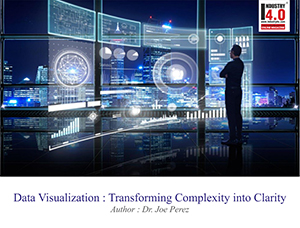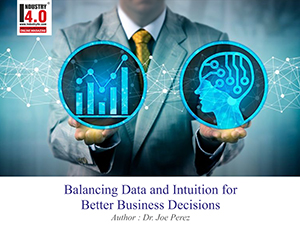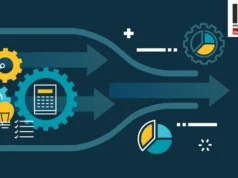The Unfathomable Fortune and the Enduring Power of Story: A Human Guide to Data Storytelling — Part 1
This article appears in two parts. Part One lays the groundwork and core principles; Part Two moves into narrative craft, delivery, and what the future holds.
 Picture the scene: the Circus Maximus on a sweltering afternoon, grit in the air and a restless hush before the breakneck charge. A chariot team snaps forward. The crowd erupts. In the middle of that roar, there’s a name that once rattled across Rome: Gaius Appuleius Diocles. He raced, and he endured. For 24 years he tilted around those turning posts, surviving a career that often ended boys before it made men, and he retired with numbers that still pull the eye: an inscription records total winnings of 35,863,120 sesterces. Historians trying to translate that into today’s terms land all over the map, with estimates frequently cited in the tens of billions of dollars, a spread that reflects just how thorny it is to price the ancient world in modern money. Depending on which yardstick you use (wheat prices, soldier pay, grain for the city) the picture shifts, and with it the story.
Picture the scene: the Circus Maximus on a sweltering afternoon, grit in the air and a restless hush before the breakneck charge. A chariot team snaps forward. The crowd erupts. In the middle of that roar, there’s a name that once rattled across Rome: Gaius Appuleius Diocles. He raced, and he endured. For 24 years he tilted around those turning posts, surviving a career that often ended boys before it made men, and he retired with numbers that still pull the eye: an inscription records total winnings of 35,863,120 sesterces. Historians trying to translate that into today’s terms land all over the map, with estimates frequently cited in the tens of billions of dollars, a spread that reflects just how thorny it is to price the ancient world in modern money. Depending on which yardstick you use (wheat prices, soldier pay, grain for the city) the picture shifts, and with it the story.
That’s the puzzle, isn’t it? Numbers alone can be cold. They’re rows in a ledger until someone shows us what they mean. Data storytelling is the craft of turning those rows into meaning, linking facts with narrative and visuals so people can understand, remember, and act—technical experts and non-specialists alike. Done well, it moves beyond reporting an outcome and invites the audience to see what matters and why.
Start with memory. Why does Diocles stick? Not just because the sum is huge, but because we can feel the stakes; that is, the dust, the danger, the near misses, the mass of people whose fortunes rose and fell with every lap. Story is the glue. If the inscription were only a number, it would read like a bookkeeping entry. Framed through a life lived on a knife’s edge, the number acquires weight. In business, the same principle applies: a quarterly report that strings together figures without context fades from mind; a narrative that shows which customers moved, why a region sagged, what bets paid off, and what to try next stays with readers and shapes decisions. Narrative makes data sticky and shared, the kind people can recall in the elevator after the meeting.
The second thread is perspective. Those wildly different conversions of Diocles’ fortune reflect different lenses; different choices about how to compare purchasing power across an empire and two thousand years. If your baseline is grain for Rome or pay for a legion, you end up with very different modern equivalents. Context reframes the whole picture. It works the same way with a modern dashboard: a sudden dip in sales might look catastrophic in isolation, but add seasonality, a competitor’s launch, or a supply hiccup, and the narrative changes shape. Context is the difference between alarm and insight.
Third, scale. Billions of anything (be they dollars, sesterces, or page views) are hard to feel. The attempts to translate Diocles’ winnings into today’s money are really attempts to make scale graspable: think in lunch rations, soldier salaries, or the grain needs of a city, and the mind finds purchase. With modern datasets, the same move works. Strip away what’s not useful, select the few things that are, and turn abstractions into something people can visualize and compare. Visuals are your ally here. Charts and diagrams serve as cognitive scaffolding that let patterns and exceptions show themselves.
Finally, action. Even the inscription that immortalized Diocles was a kind of public performance, a message carved in stone. It said: look what this man achieved. It must have lit sparks in the heads of young drivers and fans, shaping ambition and allegiance. That’s what we want from data stories: for people to do something because they now see clearly. A good story closes with a concrete next step and an implied “why now,” nudging a roomful of stakeholders from nodding along to moving their budgets and calendars.
The Fabric of a Data Story: how numbers become a narrative that moves people
Building a strong data story blends analysis with craft. It starts long before you open your slide deck, and it doesn’t end at the last chart.
Purpose and audience
Begin with the point. What question are you trying to answer or decision you want to affect? “Increase market share,” “reduce churn,” “shorten the onboarding cycle”—each aims you at different data and a different arc. With Diocles, the “question” could be: what made him extraordinary, and how do we measure it? The framing shapes the evidence you collect and how you talk about it.Then consider who’s listening. Executives need strategic clarity and the one or two levers that matter; marketing teams often want customer stories, channel insights, and the “so what” for campaigns; technical teams care about method and caveats. Tune the voice, the level of detail, and the visuals to each audience so they can follow along and care enough to act.
Finding the signal
Once you’re clear on purpose and audience, go to the data. Clean it, join it, stress-test it. You’re looking for the few things that explain most of the outcome: a trend, a break, a relationship you didn’t expect, an outlier that reframes the rest. Think like a reporter with a beat—curious, a little skeptical, stubborn about the truth.
With Diocles, that “beat” might include his races and finishes, the teams he drove for, the payouts, and the length of his career; 24 years, which was unusually long for such a dangerous sport. He raced in more than four thousand events and won 1,462 times, often surging late to take the lead, a tactic that thrilled crowds and built his legend. Those facts guide the story you’d tell about his skill, durability, and showmanship. With those pieces in place, this is a natural pause before we move from discovery into the making of a story that holds together in the room.
About the Author:

Dr. Joe Perez,
Team Lead / Senior Systems Specialist,
NC Department of Health and Human Services
Dr. Joe Perez ( Dr.Joe ) is also the Chief Technology Officer – CogniMind
To book Dr. Joe Perez for your speaking engagement please click here
Dr. Joe Perez was selected as the 2023 Gartner Peer Community Ambassador of the Year.
Dr. Joe Perez is a truly exceptional professional who has left an indelible mark on the IT, health and human services, and higher education sectors. His journey began in the field of education, where he laid the foundation for his career. With advanced degrees in education and a doctorate that included a double minor in computers and theology, Joe embarked on a path that ultimately led him to the dynamic world of data-driven Information Technology.
In the early 1990s, he transitioned into IT, starting as a Computer Consultant at NC State University. Over the years, his dedication and expertise led to a series of well-deserved promotions, culminating in his role as Business Intelligence Specialist that capped his 25 successful years at NC State. Not one to rest on his laurels, Dr. Perez embarked on a new challenge in the fall of 2017, when he was recruited to take on the role of Senior Business Analyst at the NC Department of Health & Human Services (DHHS). His impressive journey continued with promotions to Senior Systems Analyst and Team Leader, showcasing his versatility and leadership capabilities.
In addition to his full-time responsibilities at DHHS, Joe assumed the role of fractional Chief Technology Officer at a North Carolina corporation in October 2020. A top-ranked published author with over 20,000 followers on LinkedIn and numerous professional certifications, he is a highly sought-after international keynote speaker, a recognized expert in data analytics and visualization, and a specialist in efficiency and process improvement.
Dr. Perez’s contributions have not gone unnoticed. He is a recipient of the IOT Industry Insights 2021 Thought Leader of the Year award and has been acknowledged as a LinkedIn Top Voice in multiple topics. He holds memberships in prestigious Thought Leader communities at Gartner, Coruzant Technologies, DataManagementU, Engatica, the Global AI Hub, and Thinkers360 (where he achieved overall Top 20 Thought Leader 2023 ranking in both Analytics and Big Data). His reach extends to more than twenty countries worldwide, where he impacts thousands through his speaking engagements.
Beyond his professional achievements, Joe’s passion for teaching remains undiminished. Whether as a speaker, workshop facilitator, podcast guest, conference emcee, or team leader, he continually inspires individuals to strive for excellence. He treasures his time with his family and is a gifted musician, singer, pianist, and composer. Joe also dedicates his skills as a speaker, interpreter, and music director to his church’s Hispanic ministry. He manages the publication of a widely recognized monthly military newsletter, The Patriot News, and is deeply committed to his community.
To maintain a balanced life, Perez is a regular at the gym, and he finds relaxation in watching Star Trek reruns. He lives by the philosophy that innovation is the key to progress, and he approaches each day with boundless energy and an unwavering commitment to excellence. His journey is a testament to the remarkable achievements of a truly exceptional individual.
Dr. Joe Perez is Accorded with the following Honors & Awards :
https://www.linkedin.com/in/jw
Dr. Joe Perez is Bestowed with the following Licences, Certifications & Badge:
https://www.linkedin.com/in/jw
https://www.thinkers360.com/tl
Dr.Joe Perez is Voluentering in the following International Industry Associations & Institutions :
https://www.linkedin.com/in/jw
Dr.Joe Perez can be contacted at :
E-mail | LinkedIn | Web | Sessionize | FaceBook | Twitter | YouTube
Also read Dr.Joe Perez‘s earlier articles:






